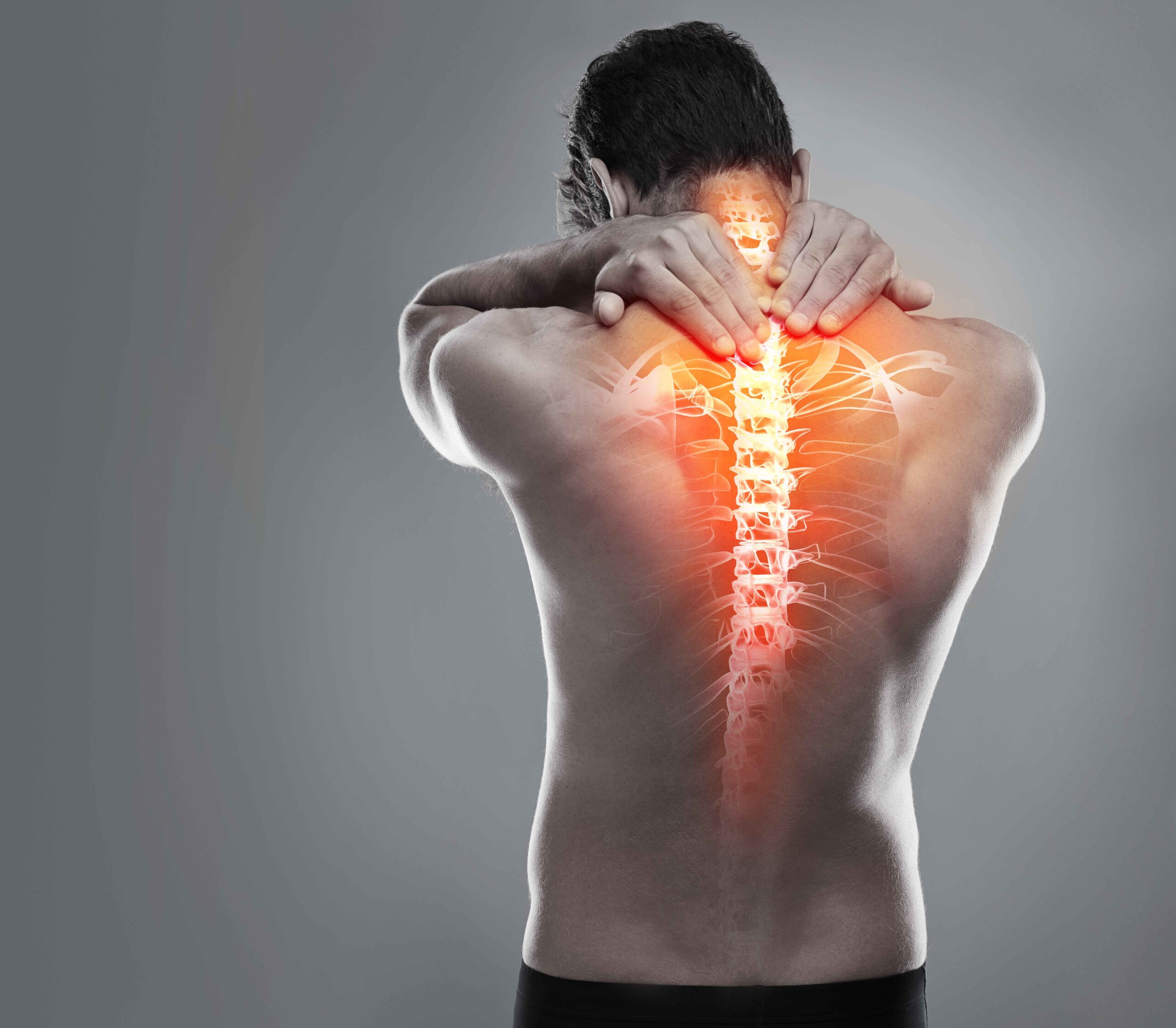
16 November, 2023
Neck Pain: Why Does It Hurt and How To Find Relief
Recent Post

12 May, 2025
The Role of Chiropractic Care in Sports Injury Recovery in Dubai – Franklin Chiropractic Dubai
Sports injuries can be a frustrating setback, especially when they disrupt our daily routines or performance goals. For those of us in Dubai, particularly in areas like Jumeirah Lake Towers, finding effective recovery solutions is essential to getting back on track.
Learn More
6 May, 2025
The Benefits of Dry Needling in Dubai – Pain Relief & Recovery
At Franklin Chiropractic Clinic, our expert dry needling therapists in Dubai specialize in using this innovative treatment to target trigger points, reduce muscle tightness, and promote healing.
Learn More
6 May, 2025
Back Pain Specialist in Dubai – Chiropractic Care for Lasting Relief
Back pain is one of the most common health complaints worldwide, affecting people of all ages and lifestyles.
Learn MoreBook Your Appointment Now
Our practice assistant is waiting to take your call to book your next chiropractic, physiotherapy, and acupuncture treatment. She will assist you with bookings, confirmations, and any other queries you may have along the way.



